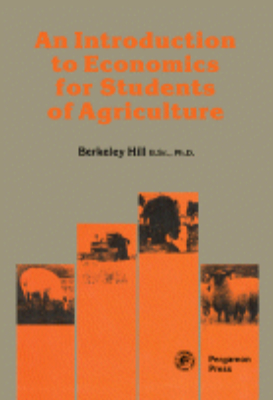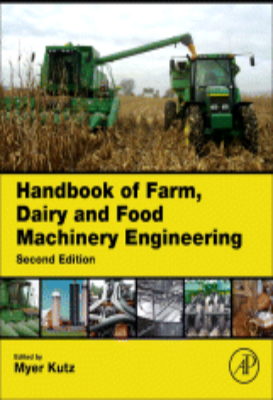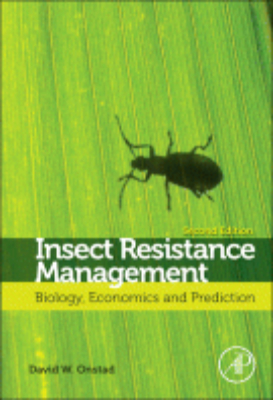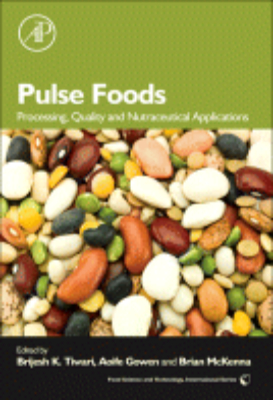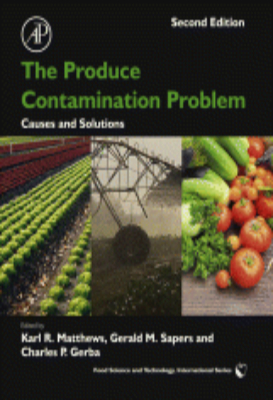Pathology of Domestic Animals: Volume 2 Third Edition 1985
Pathology of Domestic Animals, Third Edition, Volume 2 deals with various aspects of veterinary pathology, with emphasis on the disease of domestic animals. This text covers animal diseases affecting the alimentary, urinary, and respiratory systems; the liver and biliary system; the pancreas; and the peritoneum, retroperitoneum, and mesentery. This book is organized into six chapters and begins with a discussion of diseases of the organs comprising the alimentary system, including the oral cavity, tonsils, salivary glands, esophagus, stomach, and intestine. Emphasis is given to congenital anomalies and infectious and parasitic diseases of the gastrointestinal tract. The reader is then introduced to conditions that afflict animal liver and biliary system, such as inflammation, and anomalies of the pancreas. The chapters that follow focus on congenital anomalies of the peritoneum, retroperitoneum, and mesentery, along with circulatory disturbances and diseases of the blood vessels. The book concludes with an account of respiratory diseases, including metabolic and circulatory disturbances of nasal cavity and sinuses, laryngitis and tracheitis, and pulmonary hypertension. This book is intended for practitioners of veterinary medicine as well as teachers and students of pathology in the hope that they will contribute to an understanding of animal disease.
| Publication Language |
English |
|---|---|
| Publication Access Type |
Premium |
| Publication Author |
* |
| Publisher |
Elsevier |
| Publication Year |
* |
| Publication Type |
ebooks |
| ISBN/ISSN |
* |
| Publication Category |
Animal Science |
Kindly Login to ICAR Digital Library Portal.




